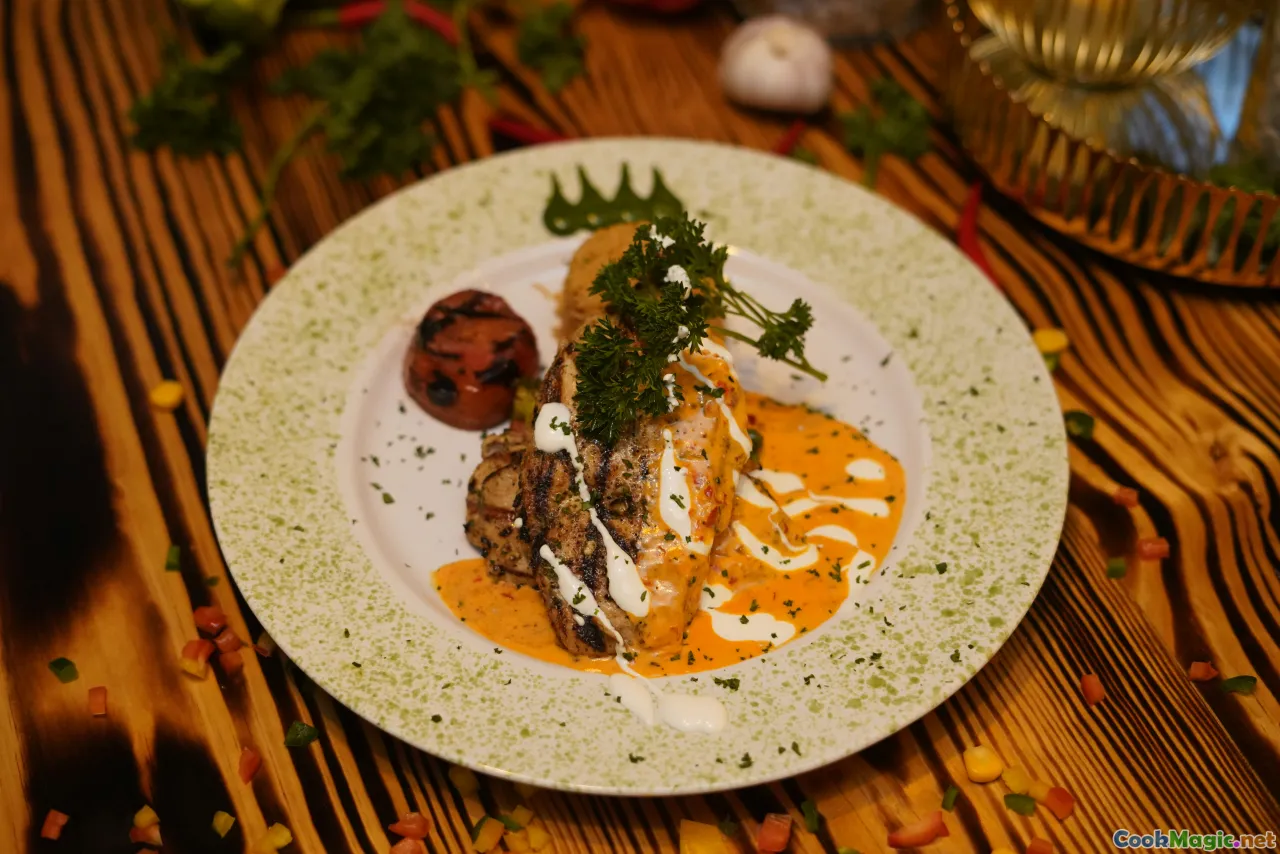The Importance of Senegalese Teranga in Food Serving
10 min read Exploring how Senegalese Teranga shapes food service with hospitality, community bonds, and cultural identity at its core. September 29, 2025 18:05
The Heartbeat of Senegalese Hospitality: Understanding Teranga in Food Serving

In the bustling markets of Dakar, where the aroma of grilled fish and spicy yassa fills the air, one thing is abundantly clear: Senegalese culture is rooted in an unwavering sense of teranga—a word that transcends mere hospitality to embody warmth, kindness, and an unwavering commitment to communal sharing. At the core of this cultural fabric lies a profound principle that elevates every meal into a collective experience, fostering bonds that run deeper than flavors alone.
What Is Teranga? The Cultural Soul of Senegalese Hospitality

Derived from Wolof, Senegal’s most widely spoken language, teranga roughly translates to hospitality, but its roots plunge deeper into the soul of the nation. It signifies a sincere, heartfelt gesture of welcoming—where generosity, humility, and respect intertwine. Often, teranga is expressed through the way food is served, shared, and celebrated.
Imagine walking into a humble village home, where a steaming dish of thiéboudienne(fish and rice infused with an array of aromatic vegetables and spices) is placed at the center of a communal mat. The host’s anticipatory smile, the inviting aroma of ginger and sesame, and the act of passing around shared bowls define the essence ofteranga. It’s a form of cultural expression that affirms a sense of belonging, a way of saying, “You are part of us, and here, everything is shared.”
The Philosophy of Serving: Balancing Respect, Generosity, and Ritual

In Senegalese culture, the manner of serving food carries as much meaning as what is served. Respectful service elevates the ritual, transforming it into an act of love and community. Traditional serving methods emphasize attentiveness—carefully placing dishes, ensuring everyone is accommodated, and crafting a dining experience that feels both humble and dignified.
For instance, during a yassa(marinated chicken or fish in a lemon-onion sauce), the eldest family member might be served first—a gesture of respect that underscores social harmony. In rural settings, women often serve the communalthieboudiennein large platters, carving out portions and ensuring that each guest receives a fair share. The act of sharing transparent bowls or passing dishes across the table reflects an ethos of equality and affection.Tip: In professional settings, skillful serving in Senegalese restaurants involves more than hygiene; it’s about creating a welcoming ambiance—smiling hosts, attentive staff, and sharing stories alongside dishes.
Food as an Embodiment of Teranga: Iconic Dishes and Their Significance

Thiéboudienne: The Crown Jewel of Senegalese Cuisine
Few dishes symbolize terangaas profoundly asthiéboudienne, often dubbed Senegal’s national dish. Vibrant, fragrant, and hearty, it’s a symphony of texture—a bed of fragrant rice soaked in a rich fish stock, topped with caramelized vegetables, and complemented by a medley of grilled fish, eggs, and sometimes shrimp. Sharing thiéboudienne in a community setting exemplifies the Senegalese value of generosity. The host meticulously arranges the rice and fish on a large communal platter, inviting guests to serve themselves with hands characteristic of the customary eating style. The aroma of spicy pepper sauce blends with the smoky kiss of grilled fish, igniting appetite and creating a sense of unity.
Yassa: Bright Flavors of Peace and Hospitality

Yassa is a vibrant citrus-marinated dish—marinated chicken or fish soaked overnight in a mixture of lemon juice, onions, mustard, and chili peppers. Grilled or simmered, it bursts with tangy, spicy, and deeply savory notes. Serving yassa requires a delicate balance of flavors, often accompanied by rice or millet. In traditional gatherings, yassa isn’t just food; it’s a peace offering, a dish of warmth that signifies reconciliation and sharing. It’s common for hosts to serve yassa with a generous helping of rice on a communal platter, signaling openness and friendship.
Maffé: Nutty, Rich Comfort

Maffé, a peanut-based stew enriched with tomatoes, okra, and sweet potatoes, embodies Senegalese warmth. Its velvety consistency and nutty aroma envelop the senses, inviting diners to partake with hands or spoon, fostering close contact and conviviality. The slow-cooked dish, often featuring beef, chicken, or fish, exemplifies nourishing, heartfelt generosity.
From Tradition to Modernity: Evolving Practices in Food Serving

While tradition remains the anchor, modern Senegalese restaurants are weaving in contemporary aesthetics without sacrificing spiritual core. A fusion of aesthetics, such as elegant plating of yassaorthiéboudienneserved in sophisticated centers, refocuses attention on the shared experience while inviting new generations to embraceteranga.
Culinary entrepreneurs in Dakar and beyond now craft food-sharing experiences: communal platters, cooking classes emphasizing teranga, and ceremonial tastings that deepen understanding of Senegalese hospitality. Social media has further amplified the principles—showcasing stories of sharing, community, and warmth that resonate globally.
Practical Tips for Embracing Teranga in Your Practice

If you wish to infuse your culinary practice with teranga, consider these principles:
- Prioritize Warmth and Respect: Greet every guest with genuine kindness, and serve food with attentive care.
- Promote Sharing: Opt for communal dishes, encourage students, staff, or diners to serve themselves, and foster conversations at the table.
- Narrate Your Dishes: Share stories behind each recipe, giving diners a connection that transcends taste.
- Create a Welcoming Atmosphere: Lighting, music, and decor should evoke comfort and friendliness.
- Celebrate Diversity of Flavors: Embrace the richness of West African ingredients to enrich your offerings.
Bringing It All Together: The Emotional and Cultural Power of Serving in Senegal

In essence, serving food in the Senegalese tradition isn’t merely about sustenance; it’s a profound act of kindness that forges bonds and celebrates shared humanity. It’s a gesture that transforms a meal into a moment of genuine connection, a ritual rooted in centuries of cultural identity. As you explore Senegalese cuisine, let the spirit of teranga guide your culinary endeavors—welcoming into your kitchen recipes and practices that embody warmth, generosity, and heartfelt hospitality. Remember, no matter the dish, serving with love and respect leaves an indelible mark that nourishes much more than the body.
After all, what is food without the joy of sharing? And what is sharing without an open heart?









